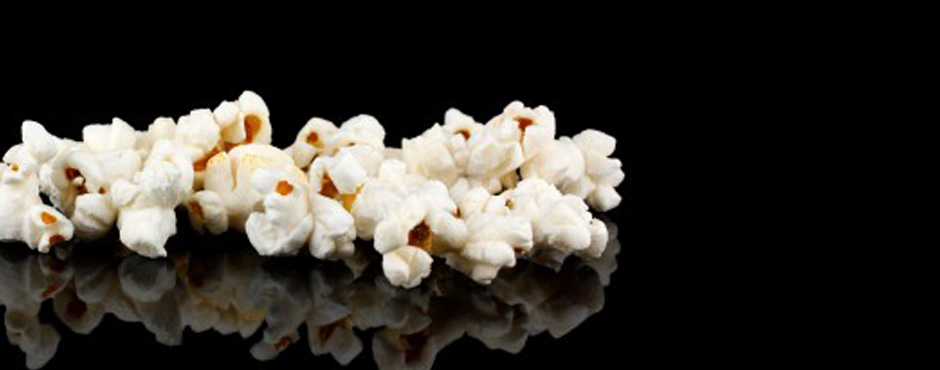Creativity is not a gift possessed by few. I can just hear the combined outcry from all CPs (Creative Professionals)! According to Jonah Lehrer, in his book “How Creativity Works“, creativity is a thought process that we all can learn. I tend to agree with Lehrer . I have seen this in action where a “non-creative” professional has stated something within a brainstorming session that has inspired a great idea. In the pursuit of the next great idea, innovation or concept, “creative” individuals gather around to catch that ever elusive WOW moment.
Our 3H brainstorming sessions are relaxed and informal, usually accompanied by popcorn (cause who doesn’t like popcorn?), a big (HUGE) notebook, a black Sharpie pen, armed with briefs, background information, research, market trends, etc… Just when you think that’s it, there’s more controversy from Lehrer’s book… and let me say this from the get go… I don’t necessarily agree with. Lehrer is of the belief that group brainstorming sessions don’t work. Group brainstorming sessions have worked for us.
However, some say group brainstorming sessions don’t work because we cannot demand creativity, that ideas usually come more freely when we are doing things like brushing our teeth or driving to work. As in most group dynamics, those with the biggest egos get heard, leaving the rest quiet, forgetting their idea while they wait for their turn to speak, or worse, neither able nor motivated to contribute to the conversation. In a large group, it is often easy for one to ride the coattails of the more vocal in the group, focusing on other people’s ideas, consequently not generating their own original thoughts.
In our agency, we brainstorm to find solutions to solve a problem, remove an obstacle or rise up to a challenge. Our group is not small nor big… and we often build on each others ideas, successfully! In our group we all think differently. Our different backgrounds and experiences have provided us with a unique dynamic in achieving creative results. Everyone acknowledges that individually we have something valuable to offer. When you work as a team like this, everyone can take ownership for the resulting solution, and feel passion and enthusiasm for the end result. In a group dynamic, it is important that everyone is encouraged to participate, to allow the freedom to speak out loud… there are no bad ideas, thoughts or words: each suggestion or idea builds on the next. We follow our Brand Kinetix process. In broad strokes, here is how we work it:
- In a comfortable, relaxed environment, we discuss and agree on the objective, based on a client brief.
- We eat popcorn. This is essential for our brainstorming sessions to achieve success.
- We share ideas and suggestions, having agreed on a time limit, knowing that this may be the first in a series of brainstorming sessions.
- One person manages ideas in whatever way works best for your group: sticky notes, big piece of paper, a bulletin board, etc.
- Come up with a handful of good ideas, refine them, and then regroup to see if it stands the test of “the day after, the afternoon before”.
There are many other “organized” approaches towards brainstorming to keep things fresh and stimulating. Here are a few:
6-3-5 Brainwriting – according to Wikipedia: The technique involves 6 participants who sit in a group and are supervised by a moderator. Each participant thinks up 3 ideas every 5 minutes. Participants are encouraged to draw on others’ ideas for inspiration, thus stimulating the creative process. After 6 rounds in 30 minutes the group has thought up a total of 108 ideas.
The Stepladder Technique: This is a decision-making approach involving the creation of a two-person subgroup (the core) that begins initial discussion of the group task. After a predetermined time interval, another group member joins the core group and presents his or her ideas. The three-person group then discusses the task, and the process continues in steps until all members have systematically joined the core group. When this occurs, the group arrives at a final solution.
Round-Robin Brainstorming works like this: 1. Sit your group or team at a table. Each person gets a stack of index cards. 2. One person communicates the brief to the group. No one else speaks yet. 3. Each person quietly takes a card and writes down one idea. They then pass the card to the person on the right. 4. That person reads the card and uses it to generate a new idea. He or she then turns the first card upside down in a stack, and passes the new card to the right.
5. The process of writing new ideas and passing to the person on the right continues for a set amount of time, perhaps ten minutes. 6. At the end, the facilitator gathers the cards and reads each idea aloud. The cards are then arranged and grouped on a whiteboard or wall, with duplicates discarded. This is used to stimulate discussion or more ideas.
How do you feel about brainstorming as a group? Are you in agreement that “a-ha” creativity can’t be achieved in this context? Are there other approaches that you’ve utilized? I invite you to share them here.

